What is Traction and Distraction?
Traction (pulling apart) and distraction (unweighting) are self-applied joint mobilization techniques that use bands or gravity-assisted positions to decompress the joint and improve its passive motion. This promotes capsular stretch and improved joint centration.
Clinical and Historical Roots
Used widely in chiropractic, manual therapy, and orthopedic rehab, these techniques mimic manual mobilizations used to address joint stiffness, pain, and capsule tightness. In modern fitness, bands now allow people to perform similar interventions on their own.
Why the Joint Needs This
Repetitive axial loading (e.g., sitting, standing, weightlifting) compresses joint surfaces. Capsule fibrosis and positional faults reduce joint glide, resulting in impingement, restricted range, and mechanical stress. Without joint play, tissue and tendon mobility suffer.
Mechanism of Action
Traction stimulates proprioceptors and improves synovial fluid exchange. Distraction increases joint space, allowing the cartilage and surrounding tissue to breathe and reposition. The resulting decompression can restore both active and passive motion.
Practical Tips
- Use heavy resistance bands anchored low for hips, shoulders, and ankles.
- Let the band pull the joint gently while breathing and relaxing.
- Perform 20 reps or hold for 30–60 seconds.
Everyday Applications
- For hip impingement from long commutes, use distraction before stretching.
- For shoulder tightness from upper body training, use banded traction before PNF.
- For ankle dorsiflexion issues (runners, lifters), traction improves squat depth.
Scientific References:
- Evans, D. W. (2002). Effects of spinal manipulation. Manual Therapy.
- Paris, S. V. (2000). Mobilization of the spine. Orthopaedic PT Clinics.
- Vicenzino, B., et al. (2003). Mobilization with movement: Theory and science. JMPT.



